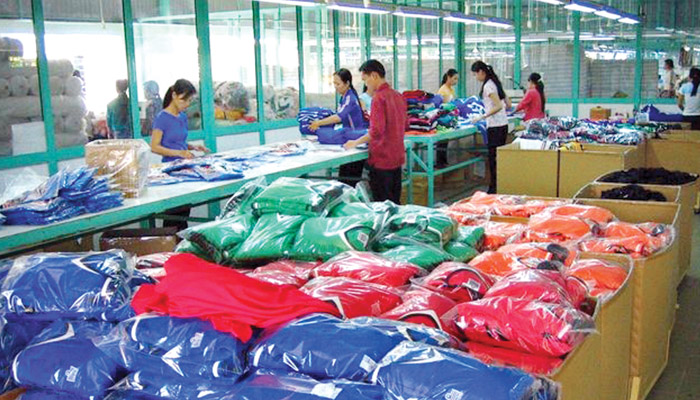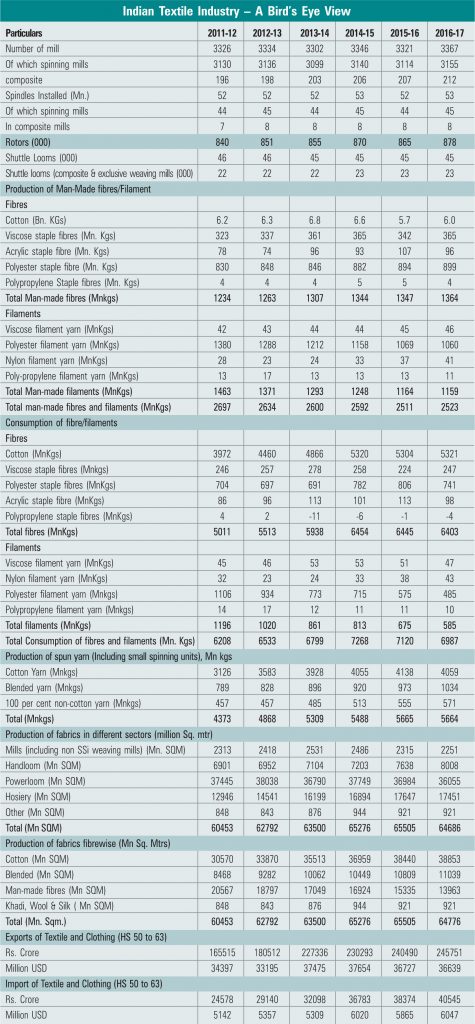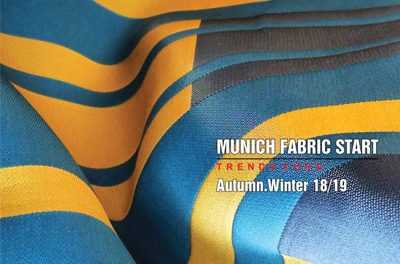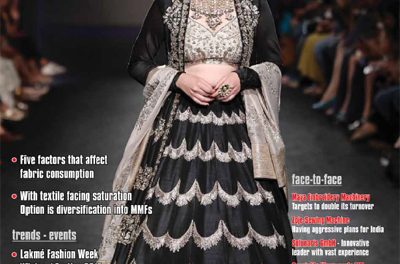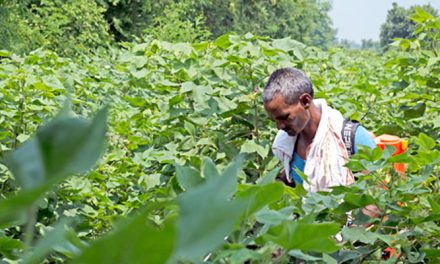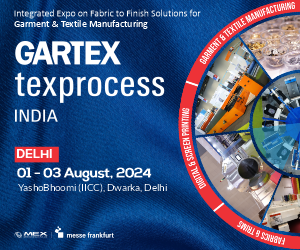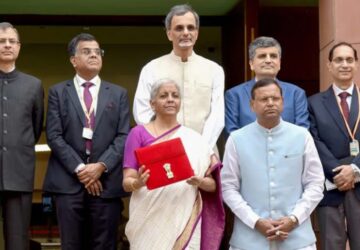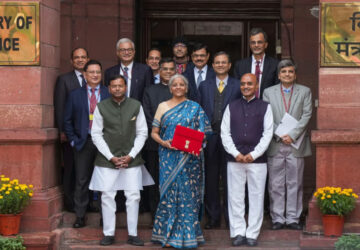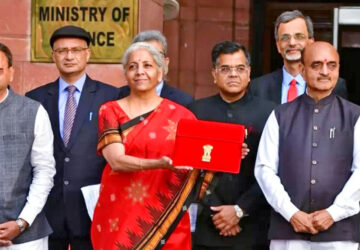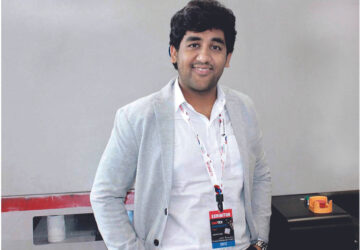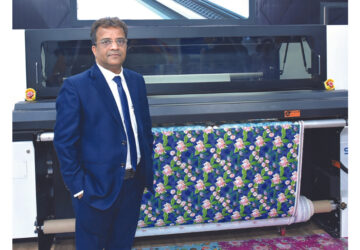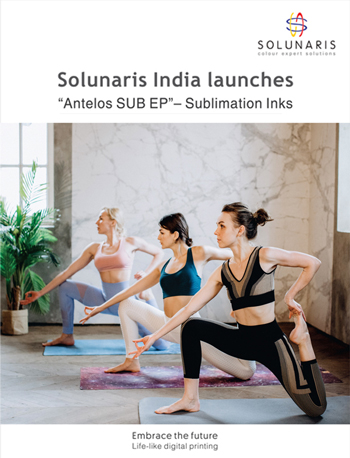There appears to be no serious move by India and the 28 Member European Union (EU) to forge a Broad based Trade and Investment Agreement (BITA) between the two nations. Negotiations have been launched in 2007. Ten years down the line differences continue to remain on crucial issues such as a cut in tariffs on textiles and clothing (T & C) products as well as automobiles spirits and a liberal visa regime. It is time for India to shift focus on signing free trade agreements with members of the Regional Comprehensive Economic Partnership (RCEP) bloc in order to propel the growth of T and C exports. A number of negotiations have been held but have not been concluded yet.
Already, India has signed Regional Trade Agreements (RTAs) with Asian Members (2010) and with South Korea (2010) and Japan (2011). Further integration may be necessary by way of RCEP in the East and South East Asia and Oceania markets. It will help penetrate and compete for textile products in the RCEP markets efficiently. Besides the RTAs will integrate India’s entire textile value chain with the East and South Asian countries.
India must aim to get duty free access to these markets like China, Asean, Korea and Australia for value added products like garments and made-ups. New Delhi’s offer should consist of man-made fibres and specially fabrics which are readily available in the RCEP countries.
To ensure zero duty entry, rules of origin (ROO) must be invoked as is the case with Sri Lanka and Bangladesh. For this, we must seek bilateral cumulation instead of regional cumulation, as recommended by CITI. Under this, a two-step formula should be followed where the raw material used in production of an export item is produced in the exporting country or imported from the destination markets of RCEP in case the raw material is non-originating. For instance if Vietnam wants to export garments to India by RCEP preference, than its raw material, namely fabric and other accessories (used to produce garments) should either be produced in Vietnam or imported from India and converted into garments and re-shipped to India from Vietnam. Similarly if China wants to export fabrics to India and want to have preferential benefit under RCEP in the Indian Market, then yarn which is the raw material for fabric should either be produced in China or imported from India and converted to fabric and re-shipped to India.
Amongst the RECP countries, India’s more than 50 per cent exports are destined to China. Similarly in India’s T and C exports from RCEP China’s share is more than 70 per cent, making it the dominant player amongst the RCEP members. While India’s exports are declining, its imports are rising. But the increasing imports do not pose a problem as they consist mostly of intermediate T and C products and are largely meant for export production.
As regards the proposed BTIA, same sensitive issues still remain to be resolved as stated earlier. The EU bloc is among India’s biggest goods trading partner, constituting a total two way trade of $90 bn in 2015 as per the latest data available. The India EU BTIA would represent a total of 1.7 bn people. India’s interest is mostly concentrated on manufactured export goods. Currently, India EU T and C trade is valued at $10 bn. If the FTA is concluded, than it has the potential to increase India’s exports to EU by atleast $3 bn per year.
Within the existing framework, non-tariff barriers (NTBs) impede the benefits of enhanced market access. The main impediments to exports are due to divergences in the regulatory frame work among the EU Member States, lack of uniform conformity assessment criteria, divergence in national product standards on health and safely, labelling, marking and packaging requirements and varying environmental regulations. For instance, the barriers relate to restrictions and minimum limits on the use of chemicals, mainly in clothing and footwear.
In wearing apparel (garments) there are specific regulations on safety of children’s clothing such as the use of cords for clothes meant for children and young people. Multiplicity of labels in the different EU member States is another serious problem. Yet another is the requirement of exporters to self-certify for azo – colorants in dyed textiles and garments.
Once the BTIA is inked, India will be at par with least developed countries (LDCs) and Pakistan in respect of duty free access. And until the agreement is signed, India will have to bear the burden of extra duties, rendering its exports uncompetitive compared to other countries.
India also will have to guard against the impact of the duty free import of textile products from Bangladesh. As per an agreement between New Delhi and Dhaka a few years ago, Dhaka’s demand for duty-free access of silk products and the 45 apparel products without any quantitative limit has also been accepted by New Delhi. This will seriously affect India’s domestic industry as well as apparel exports.
RTAs such as FTAs and PTAs Preferential Trade Agreements are commonly known as the “Second Best” initiatives when the “First Best” option “Multilateral (Trade) liberalization is unattainable. An FTA is a commitment by signatory members to remove tariffs across member – states while continuing to maintain independent tariff regimes on imports from outside countries. (Countries that are not members of the agreement).
ROO are a must for a true FTA, and there may be costs associated with implementing, administering and complying with ROO. If there is no ROO, there would be trans-shipment where member countries would export goods to the member of an FTA with the lowest tariff among the member’s tariffs.


